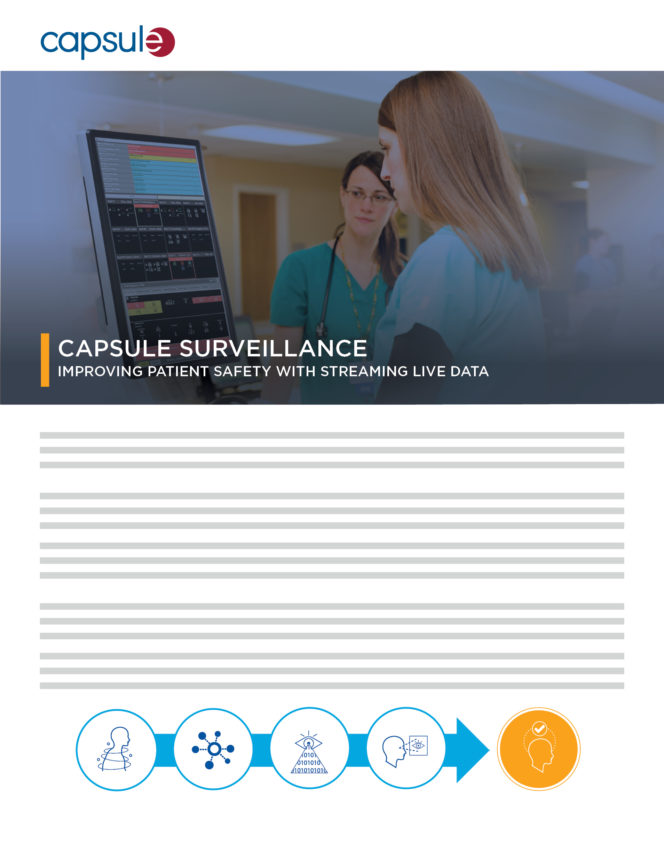Although I didn’t realize it at the time, my introduction to cognitive load theory came years before beginning my nursing career, while waitressing at a bustling pizza parlor.
During a typical shift, I faced multiple competing demands. For example, I needed to deliver new orders to the kitchen, seat a table of guests, refill empty drinks, clear a table’s dishes, drop off a bill, and then respond to the many requests from my customers. Mastering the ability to continually reorganize my mental task list from moment to moment turned out to be a valuable skill that I carried forward to my work of caring for multiple patients as a nurse in the hospital.
The constant stream of remembering and prioritizing all these tasks in your brain is the basis of cognitive load theory, first introduced in 1988 by John Sweller. He and other researchers found that working memory, previously referred to as short-term memory, has limited capacity, but is vital to problem-solving and reasoning. When working memory is overwhelmed, it can slow response and even lead to errors.
Shifting and Stacking Lead to Overload
During a 12-hour shift, a nurse in a general unit changes focus from one patient to another (called cognitive shifts) around 77 times per day, more than 9.3 cognitive shifts per hour. As a nurse, I learned quickly that these shifts, which involve responding to device alarms, checking vitals, and administering medication, are far more cognitively demanding than remembering to refill a customer’s drink or tell the kitchen that table 6 wants extra cheese on its pizza.
In addition to the cognitive shifts, nurses also face cognitive stacking, where we must continually identify and reprioritize our tasks, often in the middle of patient care duties. Although nursing tasks average a little over 3 minutes each, during an 8-hour shift we are interrupted mid-task an average of eight times, while another study found interruptions 10 times per hour. That’s once every 6 minutes…just think about that! These repeated interruptions and distractions can understandably lead to omissions of care, errors, or missing early signs of patient deterioration. A nurse’s greatest fear is having a patient in one’s care take a turn for the worse, and then realizing later the signs were present to prevent it. It’s a devastating situation and a scenario that lurks in the back of every nurse’s mind. Add a pandemic to the mix, and the cognitive load is compounded that much more.
All of these shifts, stacking and interruptions stress the working memory and, at times, the nurses themselves, leading to nursing burnout. A 2019 survey from The Joint Commission found that more than 1 in 7 nurses reported feelings of burnout, but only 5% of respondents considered their organizations highly effective at helping address the causes and symptoms of these feelings. The heavy weight of managing so many high-risk responsibilities in a high-stress environment can be overwhelming. Fortunately, there are tools healthcare organizations can put in place that can help alleviate some of the burden.
How Technology Can Lighten the Load
Major contributors to these interruptions are the alarms and alerts triggered by medical devices used to monitor, support, and administer treatments to patients. Hundreds of alarms can sound throughout any unit, not just critical care ones. One review of research found 80% to 99% of alarms are either false or require no clinical intervention, which can lead to desensitization and alarm fatigue, and contribute to noise levels not conducive to a healing environment.
Over the past several years, hospitals launched initiatives to reduce the number of these nuisance alarms, developing alarm committees and alarm protocols. While modest improvements have been made, hospitals often just repeat the bedside alarms out to a clinical communication device in the nurse’s pocket.
While technology at times has been a contributor to the problem of alarm fatigue, it also can help nurses identify and intervene to prevent or reverse patient deterioration. By capturing the data flow from multiple medical devices, such as the physiological monitor, ventilator, balloon pump, capnograph and others, and constantly analyzing it, then providing only clinically actionable notifications, nurses can be proactive, instead of reactive, in how they care for their patients. Capsule Surveillance, part of the Medical Device Information Platform, delivers that predictive insight, acting as another set of eyes watching the patient at all times, filtering out unnecessary false alarms, and calling attention to changing conditions that need clinical intervention. This truly reduces the overall cognitive load on nurses, allowing them to work more efficiently, be more effective and productive, and focus more time and attention on higher order cognitive tasks such as critical clinical reasoning and clinical decision making.
Patient Deterioration Beyond the ICU
This level of oversight is often missing in the non-critical care areas of the hospital where there is less visibility to serious patient decline. In the next blog post, I’ll describe specific clinical scenarios where such real-time analysis of device data can protect patient safety while alleviating nurses from a heavy cognitive load and alert burden.
Learn how Capsule Surveillance delivers predictive insight and filters out unnecessary alarms, helping reduce cognitive load.
Download